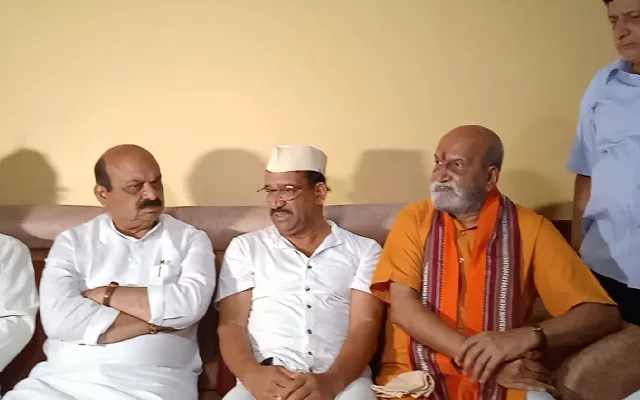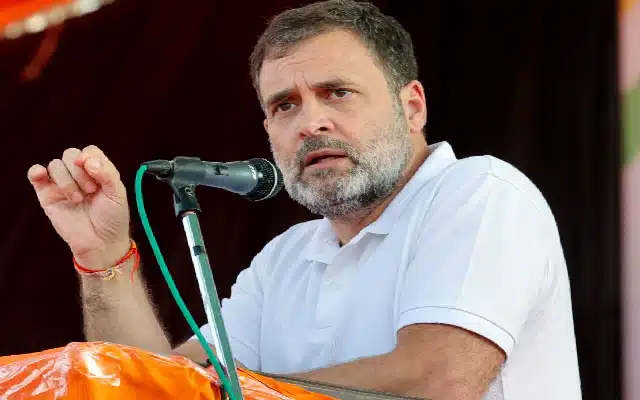 By Dr V Basil Hans, Associate Professor of Economics, St Aloysius Evening College, Mangaluru
By Dr V Basil Hans, Associate Professor of Economics, St Aloysius Evening College, Mangaluru
Union Finance Minister Nirmala Sitharaman had, on February 1, given a curtailed 161-minute speech presenting the Budget 2020-21. This bettered the record of the previous longest budget speech made by her in July last year. In July, presenting her maiden Budget, Sitharaman had spoken for 2 hours and 17 minutes.
Whatsoever the length, on the Budget day, the Sensex nearly crashed by 1000 points on fears that the FM’s announcement on a new tax regime for individuals would hurt the business of large insurance companies, banks etc, particularly on the housing loan front.
It is clear that in this Budget, the FM let go the chance of demand management.
Also if the budget was to be called a balanced budget, (i) tax payers and (ii) manufacturing needed a better deal.
This was expected because the Budget of Modi 2.0 comes on the back of some bold moves on the domestic front. Powerful steps were expected for promoting investments, consumption and job creation. Is this the failure of ‘Make in India’?
We can, however, cheer that there are efforts to the decriminalisation of corporate laws. This may attract substantial FDI.
The Budget did not also have much for the already sulking automobile sector. Through stimulus for the auto sector there could have been multiplier effect on transport, tourism jobs, and revenue.
A slew of proposals have been announced for the farm sector. But will these double farmers’ income? They are still waiting for better remuneration from crops.
It is said that size matters, but the longest speech in budget history did not guarantee Nirmala Sitharaman success. Her second budget had no big fiscal stimulus, several protectionist duties, and few convincing steps to revive a slowing economy. Disappointed investors; disappointed salaried class of direct tax payers was the result.
Sitharaman let the fiscal deficit slip from 3.3% to 3.8% in 2019-20, aiming for 3.5% next year. In a welcome gesture of transparency, she revealed that extra-budgetary borrowings were 0.7% of GDP in the current year and will rise to 0.8% next year.
The middle class and the MSME sector are the gainers. India’s income tax exemption level of Rs 5 lakh is thrice per capita income, which is thrice as high as in many other countries, a gift to the middle class. This class will have the option to pay lower rates if it forgoes the many tax breaks on offer. The budget rightly rescinds 70 old but obsolete tax breaks. MSMEs will now be excused compulsory audit for turnover up to Rs 5 crore, up from Rs 1 crore.
The Budget should have looked to push (rural) demand to perk up the economy. In fact, to propel demand, one should concentrate on indirect taxes and bring down the goods and services tax (GST) rates to a uniform 12 per cent as the Vijay Kelkar panel had recommended. But it was not to be so. So we have to wait for another Budget…
About the author:
Dr V Basil Hans has been teaching at St Aloysius College institutions for the past three decades. He has produced six MPhils and three PhDs. He has written more than 200 articles in journals, books and newspapers in English and Kannada. He is serving as honorary editor in more than 30 journals. He has presented papers in more than 75 conferences. He has written more than 20 books. His book on Digital Banking will be translated into eight foreign languages.


















